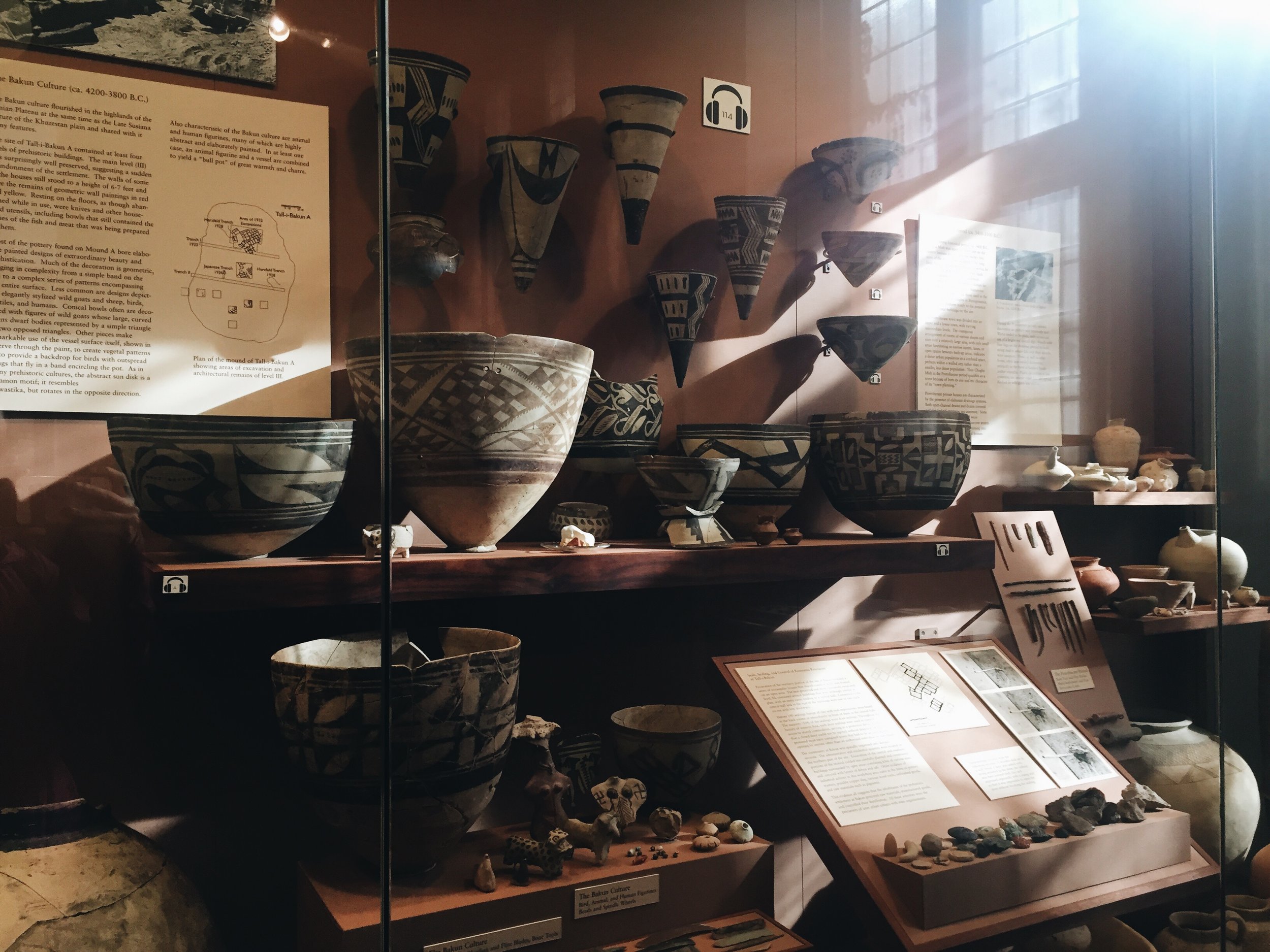Museum Campus South Passport: The Oriental Institute
We, as UChicago students, are so lucky. Our campus is home to The Oriental Institute, which calls itself "one of America's oldest and most respected research centers for the study of the ancient Middle East." After a trip there last Friday, I absolutely believe it.
The Institute showcases artifacts of expeditions to Mesopotamia, some of which date from as early as the fourth millennium BCE. Walk in and you'll see evidence of the earliest known cities, sophisticated mathematical ideas, astronomy charts, pieces of jewelry, the first clocks to divide time into intervals of 60, and some of the most ancient writing systems.
“From lengthy war annals, prayers, and pieties, down to the briefest of identifying labels, writing was as essential as the images on the walls to ancient eyes.”
Everything that The Oriental Institute displays is separated from us by millennia, and that makes the collection about people and places so different from the ones we know now. But at the same time, everything that The Oriental Institute displays - from the original cornflakes and p-sets to one of the oldest legal codes - is an antecedent to the way we live our daily lives. The collection emphasizes connections between ancient Middle Eastern civilizations and the modern world. And in that way, the collection is about all of us.
One of my favorite pieces is a cast of the diorite upon which Hammurabi's Code is engraved. Located near the front of the first room, the black stela lists 282 laws sandwiched between a prologue and an epilogue. Above the code, there is a scene engraved of Hammurabi standing before the Sun God. To me, it's remarkable that we still have evidence of Hammurabi's Code, and it's cooler still that we can walk into The Oriental Institute any day of the week (if that day is not a Monday!) and see a cast of one of the oldest legal codes that's known of today.
Walk to the end of the first room and you'll see the Institute's lamassu, standing over 10 feet tall and weighing about 40 tons. The lamassu's placement at the end of the hall is meant to evoke the sense of grandeur you would experience inside an Assyrian palace. It has the head of a man, the body of a bull, and the wings of a bird.
In the second room stands a 17 foot, 6 ton statue of King Tutankhamun. From examining the piece, archaeologists have been able to identify that the indentation on King Tutankhamun's left foot is evidence that a statue of his wife was once attached to him. Aside from displaying artifacts, the Institute provides explanations regarding the excavation, identification, and study of the pieces it displays. Here's another wild fact about the King Tut statue: there are only two of them in the world. The Egyptian government chose to keep one; the other one is on our campus.
Further into the gallery are pottery and jewelry collections that are bound to make you swoon with their color, attention to detail, and intricate symbolism. Since the Institute is divided into nine galleries, it's advised that you make several trips to ensure sure you can see as much as possible. I promise you that every trip will be worth it.


















